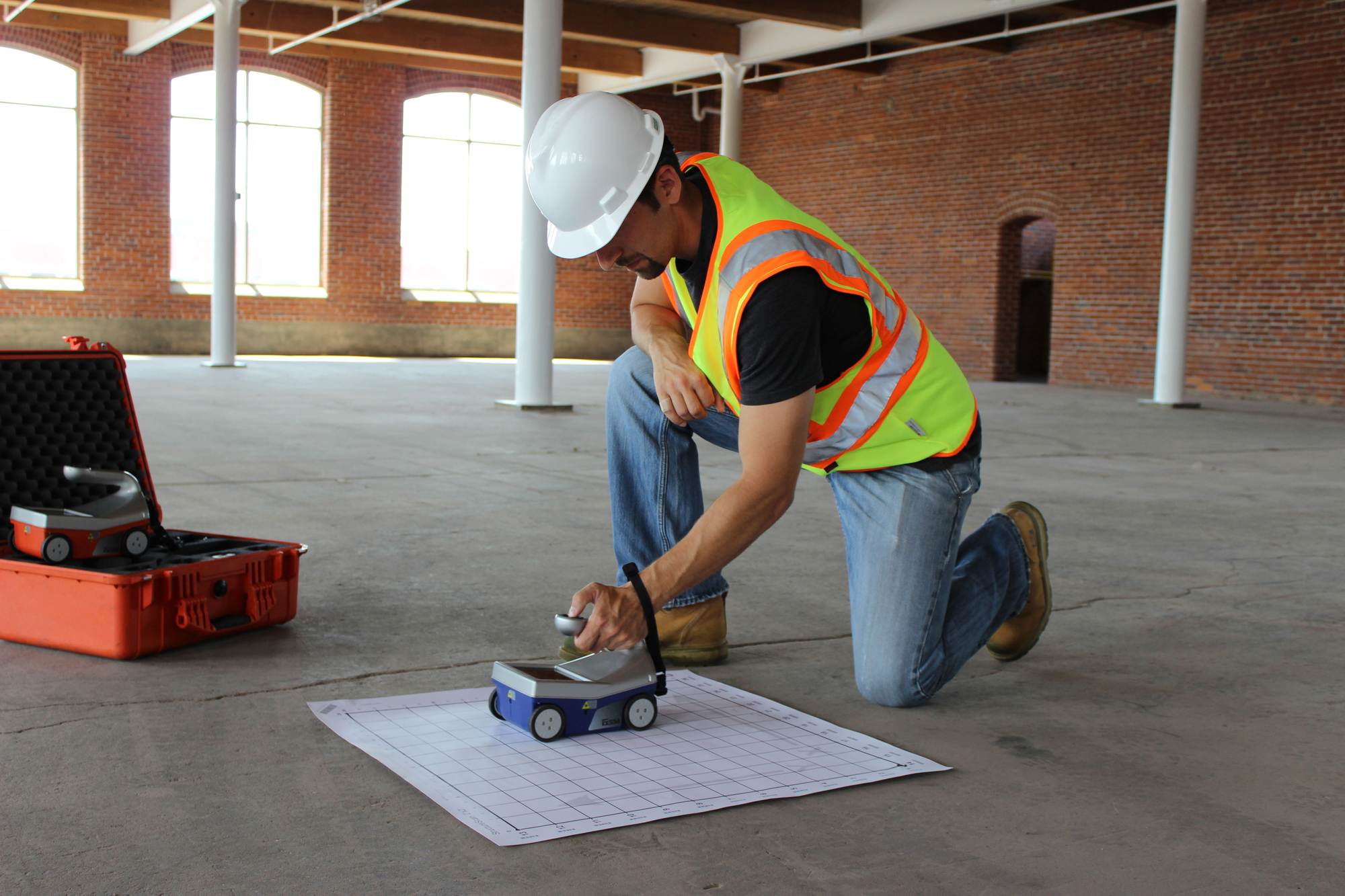RainierGPR Concrete Scanning: Ensuring Safety and Efficiency in Construction
The Importance of Exact Concrete Scanning in Finding Underground Hazards
In the world of building and construction and framework advancement, the relevance of exact concrete scanning can not be overstated. Under the apparently strong ground lie complex networks of utilities, pipelines, and other subsurface frameworks that are often unseen to the nude eye. The capacity to properly identify and map these below ground risks is not merely a matter of ease yet a critical facet of making sure the security of both building and construction workers and the integrity of the job itself. By releasing innovative scanning modern technologies and techniques, experts can uncover hidden threats, avoid costly problems, and ultimately lead the way for smoother and much safer construction undertakings.
Advanced Scanning Technologies for Discovery
Cutting-edge radar systems are reinventing the area of below ground detection by supplying exceptional accuracy and efficiency. These sophisticated scanning modern technologies make use of ground-penetrating radar (GPR) to create in-depth photos of subsurface frameworks, offering insights into what exists under the surface area with amazing clearness. By emitting high-frequency pulses into the ground and gauging the representations, radar systems can identify variations in material structure and find below ground hazards such as cable televisions, pipes, and spaces.
Among the vital benefits of these innovative radar systems is their non-invasive nature, permitting thorough inspections without causing damages to the existing frameworks. This not just makes sure the security of the surrounding atmosphere however likewise reduces the need for costly repair work or interruptions to continuous building projects. Additionally, the real-time data given by these scanning modern technologies makes it possible for fast decision-making and improves overall project performance.
Importance of Subsurface Mapping

Accurate subsurface mapping helps in avoiding expensive damages to existing underground facilities, lowering the risk of accidents, and maintaining project timelines. It enables project managers to make informed decisions concerning site planning, devices implementation, and resource allotment. Furthermore, subsurface mapping permits much better sychronisation among different groups servicing a job and helps in abiding by regulatory requirements connected to below ground energy detection.
Mitigating Risks in Construction Projects
Efficient threat mitigation methods are important for making certain the success and safety of building and construction jobs. One key element of mitigating threats in construction tasks is comprehensive preparation and analysis at the initial stages.
Additionally, developing clear communication channels amongst all task stakeholders and making certain stringent adherence to safety and security procedures are important parts of risk reduction. By proactively implementing durable threat mitigation techniques, building jobs can decrease delays, cost overruns, and safety incidents, inevitably leading to effective job outcomes.

Protecting Against Expensive Damages and Hold-ups
To decrease economic losses and task obstacles, reliable methods have to be applied to protect against pricey problems and delays in construction projects. Identifying these blockages early on aids in preparing the job layout more effectively and preventing potential damages throughout excavation.
Furthermore, purchasing training programs for construction employees on the relevance of concrete scanning and risk-free excavation practices can significantly lower the threat of hold-ups and mishaps. Clear communication networks between project supervisors, engineers, and on-site employees are likewise necessary to ensure that article every person is mindful of the potential threats and complies with the required methods to avoid costly problems. By prioritizing positive steps like concrete scanning and advertising a culture of safety and security and understanding, construction jobs can minimize the monetary impact of unanticipated underground blockages and avoid expensive hold-ups.
Ensuring Security of On-Site Employee
By prioritizing positive actions such as detailed training programs and clear interaction channels, building and construction jobs can make certain the security of official website on-site employees amid the possible risks found with concrete scanning. Appropriate training outfits workers with the expertise and skills needed to navigate building and construction sites safely, particularly when threats are identified with scanning procedures. Training should cover risk acknowledgment, emergency situation procedures, and the proper utilization of individual protective equipment to alleviate threats effectively.
Furthermore, developing clear interaction networks is critical for disseminating information regarding determined dangers without delay. This ensures that all on-site personnel are aware of prospective risks and can take needed preventative measures to stay clear of crashes. Normal safety and security instructions, tool kit talks, and regular updates pertaining to scanning results aid maintain every person educated and aggressive in keeping a secure functioning atmosphere.
Moreover, executing stringent adherence to safety protocols and regulations, performing routine security audits, and fostering a culture of security awareness amongst employees are important components in guaranteeing the well-being of on-site personnel during building jobs - RainierGPR Concrete Scanning. Proactive security measures not only shield employees from harm yet also add to the overall success and performance of the project
Conclusion
Making use of advanced scanning innovations and subsurface mapping assists alleviate dangers in building and construction jobs, preventing expensive problems and delays. It is vital for construction firms to prioritize the use of specific scanning approaches to reduce potential hazards and guarantee a smooth building and construction procedure.

By proactively carrying out durable threat reduction approaches, building projects can reduce delays, expense overruns, and safety and security cases, eventually see page leading to successful task end results. - RainierGPR Concrete Scanning
To minimize financial losses and project setbacks, efficient approaches need to be applied to protect against costly problems and hold-ups in building and construction projects. By focusing on proactive measures like concrete scanning and advertising a culture of safety and understanding, building and construction projects can reduce the monetary influence of unanticipated underground obstructions and prevent expensive hold-ups.
By focusing on aggressive measures such as detailed training programs and clear communication networks, building projects can guarantee the security of on-site employees amid the possible hazards spotted via concrete scanning. Utilizing advanced scanning technologies and subsurface mapping helps minimize risks in building and construction jobs, preventing expensive problems and hold-ups.